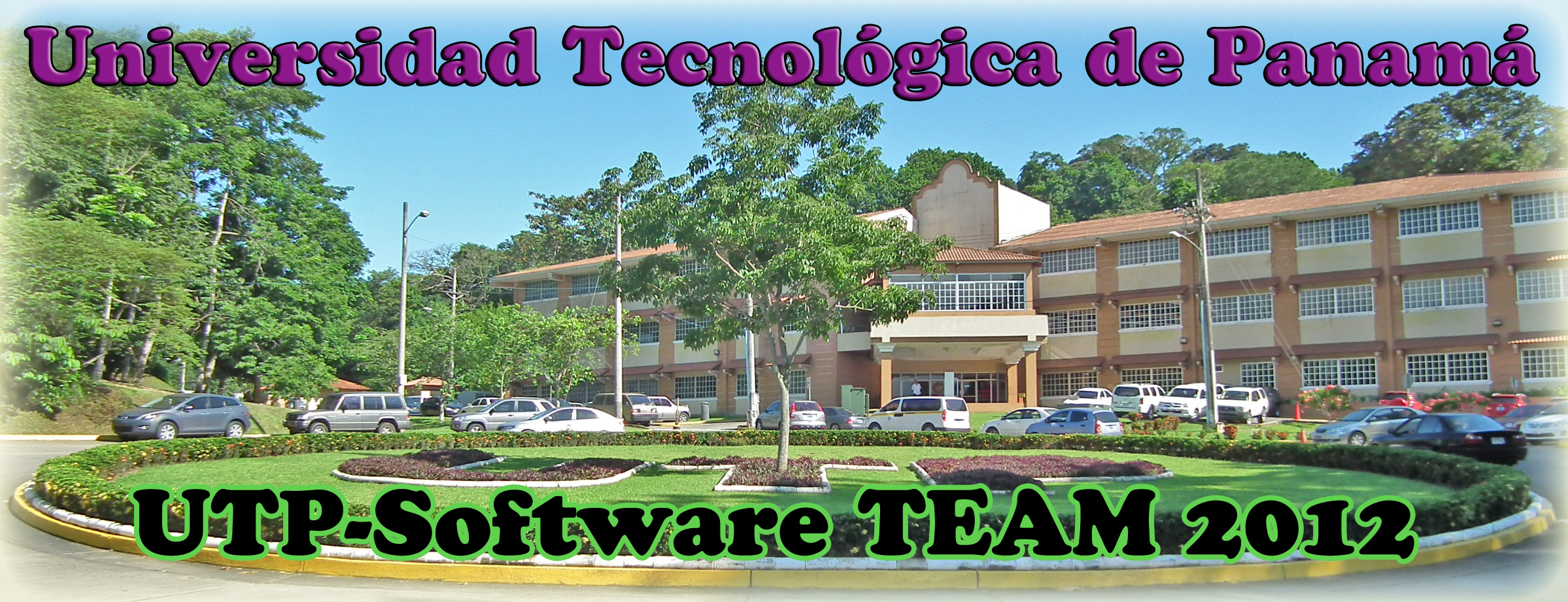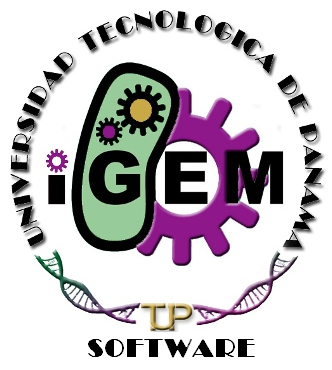|
|
Project Details
What is the S2MT tool?
The SynBio Sequence Mutation Tool (S2MT) it's a MATLAB implementation software that helps teams to start their projects once they have selected some possible BioBricks or DNA sequences to work with.
This tool was developed in MATLAB basically for the reason that, what new iGEM teams require is a flexible environment capable of not only running the algorithm that we develop, but also a place where they can continue working their ideas, examine more in detail their sequences and even continue the development of our tool.
So we thing that our system will also knock down the barriers that exist between computation and biology and give students the tools required to do better simulations, and save a lot of valuable time!
Behind the code there are three simple steps in which the program consists:
- First, the user introduces the DNA sequence or link to the BioBrick in the part registry. And the program scans the desired sequence to look for the restriction sites within the assembly standards that are used in the iGEM competition.
- Then the user is prompt to specify in case of incompatibility with the standards, which RFC he would like to fix. Once selected, the program designs the primers required for the Site directed mutagenesis procedure that will allow the sequence to be compatible with the standard.
- And last, if the program successfully created the required primer, it will print the sequence, giving the user the start position where that primer should be applied.
In some cases, it’s impossible to fix some sequences, because based on the protocol, the output primer may not comply with the steps that are listed in the “Protocol Followed to design the primers” section. Meaning that another standard should be selected. Protocol Followed to design the primers:[1]
S2MT Tutorial

(S2MT) GUI parts:
- 1. URL/DNA Sequence textbox: This is the main input.
- 2. Standard selection: The assembly reference we want the script take as the desired assembly standard and check the sequence compatibility with, fixing it if needed.
- 3. Process button: After giving the inputs, analyze the sequence.
- 4. Primer textbox: Here we get the output.
- 5. Notification area: The script's feedback.

(S2MT) succesfully fixing the incompatibility of the given DNA sequence with the standard 21.
To download the script go to: https://github.com/igemsoftware/UTP_Software_2012 and get all three files.
Files descriptions:
- S2MT.m: Does all the sequence analysis process.
- S2MT_G.m: Code for the grafical interface. (Run this)
- S2MT_G.fig: Binary file for the grafical interface.
Note that (S2MT) relies on the Bioinformatics Toolbox of MATLAB (both supplied by iGEM) to make its computations, so you need the toolbox to be able to run the script.
Next S2MT Version
After finishing the first version, we had in mind several things to implement to the next:
- Regarding assembly standards which was our first main idea, we think that the actual 5 available standards accepted by the part registry may not always be enough for the teams to manifest their ideas, because in some cases even with our Site directed mutagenesis method, fixing the sequence may fail or be impossible to do. Then keeping this in mind, we would like to add more assembly standards to the competition, and add those new to our system.
One of them may be the Gibson Assembly standard, which still requires compatibility with the actual methods, but include several advantages as:
- No restriction digest of the DNA fragments after PCR is necessary. The backbone vector can be digested, or synthesized by PCR.
- It is far simpler than conventional cloning schemes, as it requires fewer steps and fewer reagents. The process also takes less time.
- No restriction site scar remains between two DNA fragments.
- Multiple DNA fragments can be combined simultaneously in a single reaction.
References
[1]. Stratagene. QuikChange™ Site-Directed Mutagenesis Kit. Catalog #200518. Revision #108005h. Available in:
[http://web.physics.ucsb.edu/~deborah/pro/pro_pdf/Stratagene%20QuikChange.pdf].
|
 "
"




